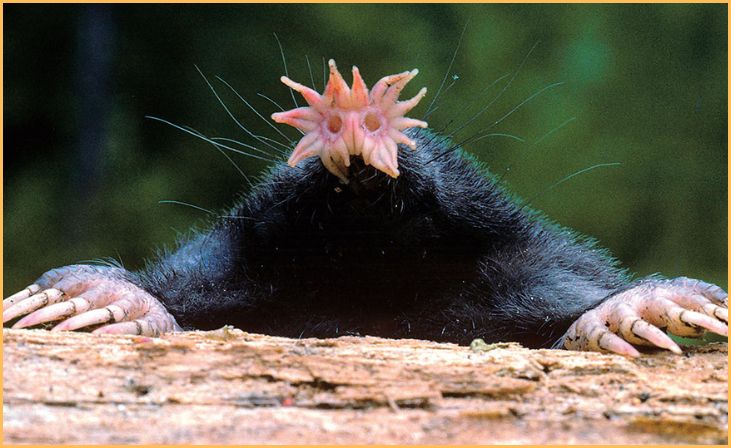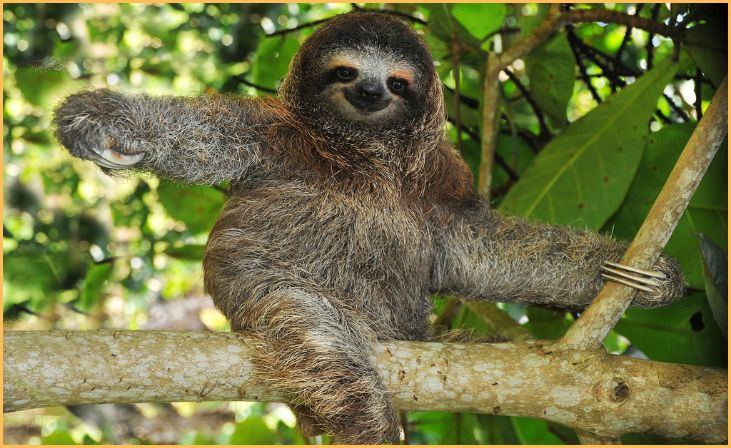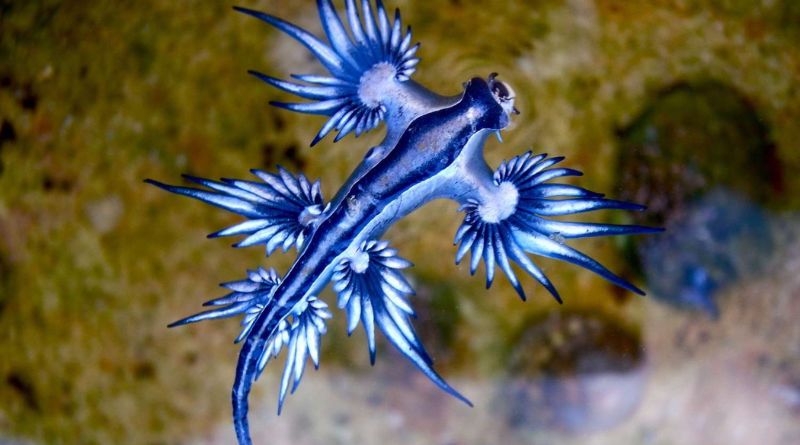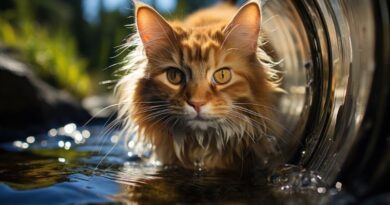Weirdest Animals on the Planet – In the vast tapestry of the animal kingdom, certain inhabitants defy conventional expectations, showcasing extraordinary adaptations, behaviors, and environments. This exploration delves into the world of the weirdest animals, seeking creatures that challenge our understanding of nature.
From the depths of the ocean to the far reaches of extreme habitats, and from peculiar mating rituals to bizarre reproductive strategies, these beings captivate us with their uniqueness. Beyond the familiar charismatic megafauna, this journey introduces the lesser-known, often overlooked species that contribute to the rich biodiversity of our planet.
As we embark on this adventure, we unravel the mysteries of the animal kingdom, celebrating the peculiar, the extraordinary, and the truly bizarre. Welcome to the realm of the weirdest animals on the planet, where nature’s creativity knows no bounds.
Weirdest Animals on the Planet
Axolotl (Ambystoma mexicanum)

The axolotl (Ambystoma mexicanum) is a fascinating aquatic salamander native to Mexico. Known for its unique ability to retain juvenile features throughout its life, it remains aquatic and gilled, distinguishing it from most other salamanders.
With frilly external gills, a wide head, and a feathery appearance, the axolotl exhibits remarkable regenerative abilities, capable of regrowing entire limbs, parts of the heart, and even portions of its brain.
This critically endangered species plays a crucial role in scientific research due to its regenerative properties and has gained popularity as an exotic and captivating pet in the aquarium trade.
Also, Read – Magnificent Heaviest Animals Freely Roaming England
Blobfish (Psychrolutes marcidus)
The blobfish (Psychrolutes marcidus) inhabits the deep waters off Australia and New Zealand, residing at depths where the pressure is several times that of the surface. Known for its distinct gelatinous appearance, it transforms into a more typical fish shape when not in its natural, high-pressure habitat.
Adapted to its environment, the blobfish has minimal muscle and a body density slightly less than water, allowing it to float effortlessly. Despite its somewhat cartoonish, droopy appearance when brought to the surface, the blobfish is a marvel of evolutionary adaptation to extreme deep-sea conditions.
Narwhal (Monodon monoceros)
The narwhal (Monodon monoceros) is a remarkable toothed whale native to the Arctic waters. Best known for its long, spiral tusk extending from its upper jaw, which can reach lengths of up to 10 feet (3 meters), the narwhal has earned the nickname “unicorn of the sea.”
This elongated tooth is actually an enlarged tooth, and its purpose remains a subject of scientific inquiry—suggested uses include sensory perception, ice-breaking, or as a visual and vocal communication tool.
Narwhals travel in pods and are well-adapted to the Arctic environment, showcasing one of the most iconic and mysterious features in the animal kingdom.
Aye-Aye (Daubentonia madagascariensis)
The aye-aye (Daubentonia madagascariensis) is a distinctive lemur species indigenous to Madagascar, recognized for its peculiar appearance and behaviors. With large, saucer-like eyes and a bushy tail, the aye-aye’s most notable feature is its elongated, skeletal middle finger, which it employs to tap on trees and extract insects from bark.
Despite its unique adaptations, the aye-aye faces threats, including habitat loss and superstitions, as local folklore often associates it with bad luck. Considered endangered, conservation efforts aim to protect this enigmatic primate and preserve the biodiversity of Madagascar’s ecosystems.
Also, Read – Unusual Small Animals That Make Fantastic Pets
Star-Nosed Mole (Condylura cristata)

The star-nosed mole (Condylura cristata) is a small, subterranean mammal found in eastern North America, known for its distinctive pink, star-shaped appendage surrounding its nose.
Comprising 22 fleshy, tactile tentacles, this remarkable adaptation aids in rapid prey detection and navigation in its underground habitat. The star-nosed mole is an excellent swimmer and hunter, relying on its sensitive nose to locate and consume small invertebrates.
Active day and night, it thrives in wetland environments where it constructs intricate tunnel systems. This unique mole’s specialized anatomy showcases a fascinating example of evolutionary adaptation to a subterranean lifestyle.
Platypus (Ornithorhynchus anatinus)
The platypus (Ornithorhynchus anatinus) is an extraordinary monotreme native to Australia, celebrated for its amalgamation of mammalian, avian, and reptilian features. Sporting a duck-like bill, webbed feet, and laying eggs, the platypus is one of the few egg-laying mammals.
Males possess venomous spurs on their hind limbs used for defense. Primarily nocturnal and semi-aquatic, the platypus hunts underwater, relying on electroreception to detect prey.
Despite its peculiar traits, the platypus is a highly adaptive and elusive creature, facing conservation concerns due to habitat alteration and pollution. Its unique combination of features makes it an iconic representative of Australia’s diverse wildlife.
Hagfish (Myxini)
The hagfish (Myxini) is a jawless and eel-shaped marine creature known for its primitive characteristics. Inhabiting deep ocean waters, hagfish are renowned for their remarkable defense mechanism—when threatened, they exude copious amounts of slimy mucous, creating a suffocating and obstructive barrier against predators.
Feeding on carrion, hagfish possess a rasping tongue with hooked teeth, allowing them to burrow into carcasses. Despite lacking a true vertebral column, hagfish are ancient creatures that have persisted for millions of years.
Their peculiar biology and unique adaptation to scavenging contribute to their significance in the study of evolutionary biology and marine ecosystems.
Japanese Spider Crab (Macrocheira kaempferi)
The Japanese Spider Crab (Macrocheira kaempferi) is a colossal arthropod inhabiting the deep waters surrounding Japan. Renowned for its impressive leg span, which can reach up to 12 feet (3.7 meters), it holds the title for the largest arthropod.
With a spindly appearance and long, thin legs, this crab roams the ocean floor scavenging for mollusks and decaying matter. Despite its intimidating size, the Japanese Spider Crab is known for its docile nature. Found at depths of about 500 to 1,000 feet (150 to 300 meters), encounters with this giant crustacean are rare, but it stands as a testament to the diverse and extraordinary life dwelling in the ocean depths.
Dumbo Octopus (Grimpoteuthis)
The Dumbo Octopus (Grimpoteuthis) is a captivating deep-sea cephalopod characterized by its ear-like fins, reminiscent of the Disney character Dumbo. Inhabiting extreme depths of the ocean, often over 13,000 feet (4,000 meters), these octopuses showcase exceptional adaptations to their dark and cold environment.
With a small body and webbed tentacles, Dumbo Octopuses gracefully navigate the abyss, preying on small crustaceans and other deep-sea dwellers.
Their distinct appearance and gentle demeanor make them a unique and intriguing addition to the diverse array of life in the ocean’s depths, showcasing the wonders of adaptation to extreme conditions in the mysterious world below.
Sloth (Various species)

Sloths, encompassing various species, are arboreal mammals renowned for their unhurried lifestyle and unique adaptations. Found in Central and South America, sloths spend the majority of their lives hanging upside down in trees.
With slow metabolisms, they move leisurely and are efficient at conserving energy. Their long limbs and hooked claws facilitate gripping branches, while a specialized stomach aids in digesting their leafy diet.
Unique among mammals, some sloths even have algae-growing fur, providing camouflage. Despite their seemingly laid-back demeanor, sloths are well-adapted to their environments, showcasing a distinctive example of nature’s diversity and the art of survival in the treetops.
Conclusion
In concluding our expedition into the realm of the weirdest animals, we are reminded of nature’s boundless creativity and the importance of preserving these unique beings. Each creature, with its peculiar adaptations and behaviors, contributes to the intricate web of biodiversity.
As stewards of the planet, we must champion conservation efforts, recognizing that safeguarding these peculiar wonders ensures a healthier, more resilient ecosystem.
Through continued exploration and appreciation, we can strive to protect the weird and wonderful inhabitants of our Earth, securing a future where the tapestry of life remains vibrant and diverse.
FAQs
Studying weird animals provides valuable insights into the diversity of life on Earth. Understanding their adaptations and behaviors contributes to our knowledge of ecology, evolution, and the interconnectedness of species. Moreover, it sparks curiosity and appreciation for the wonders of the natural world.
Examples include deep-sea creatures with bizarre shapes, microscopic organisms with unique structures, and animals in extreme environments, such as those thriving in extreme temperatures or toxic conditions.
Yes, many lesser-known species exhibit peculiar features, like the saiga antelope’s distinctive nose or the aye-aye lemur’s elongated finger for finding insects.







